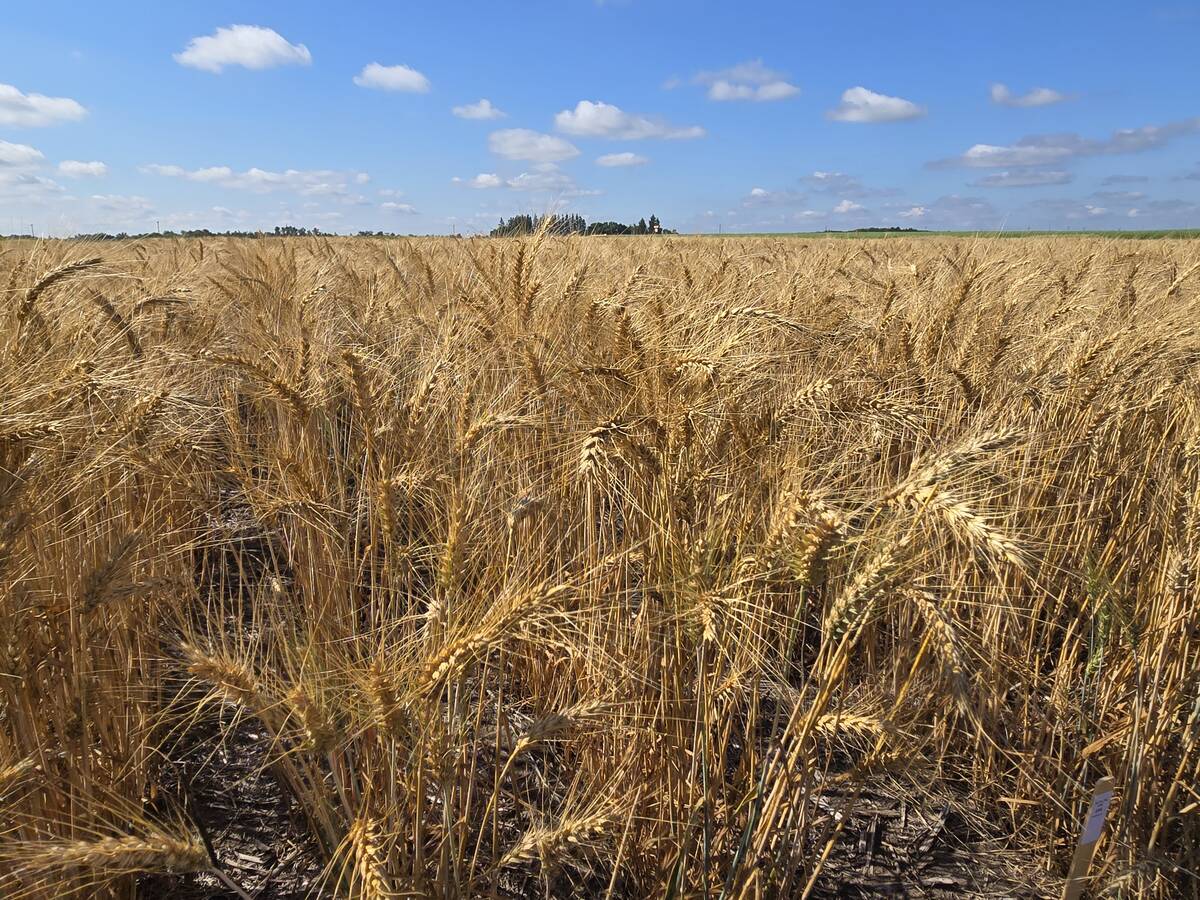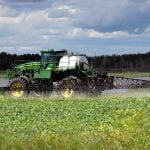Prices jump but are not yet in danger of bursting
Saskatchewan is leading the nation in rising farmland values, but total values in the province still trail behind other parts of the country.
Farm Credit Canada’s latest report on farmland values, which was released last week, says the average value of farmland in Saskatchewan increased by 10.1 percent during the second half of 2011, ahead of the national average of 6.9 percent.
Farmland values in the province have been rising since 2002, with increases of 11.6 and 2.7 percent re-ported in the two previous six-month periods.
“If you do look at farmland values in Alberta from 2000-05 and you compare that to Saskatchewan, you’d see that Alberta has increased quite a bit faster than Saskatchewan,” said Jean-Philippe Gervais, a senior agricultural economist with FCC.
Read Also

Fall rye hits record high in Manitoba
Winter cereals 2025: More Manitoba fields grew fall rye in 2025 than ever before, but winter wheat slipped and, while spring stand survival was good, drought took its toll
“Saskatchewan is playing catch-up a little bit to Alberta.”
In the latest report, numbers in-creased in nine provinces and re-mained unchanged in Newfoundland and Labrador.
FCC reports that farmland values in Alberta in the second half of 2011 rose an average of 4.5 percent, following gains of four and 1.4 percent in the previous two re-porting periods.
The report notes high demand for irrigated land for specialty crops and increases for land for hay and cattle production.
The report attributes growth in Saskatchewan to positive crop receipts for canola and the oil and gas industries, combined with low interest rates.
With Saskatchewan values growing an average of 1.8 percent per month recently, FCC says the increases are similar to those of several corn and soybean states, which are areas that Gervais said some economists have pegged as the next “bubble.”
However, he said there are major differences between the Canadian and American values, citing a report that farmland values in Iowa rose 30 percent in 2011.
“The pattern in land values in the U.S. Midwest is totally different than the Canadian Prairies,” he said.
“We’ve seen some significant increases last year in the U.S. that tops way over what we’ve seen in Saskatchewan.”
Flooded areas in Saskatchewan in 2010 saw a resurgence in sales in the period, while areas that experienced flooding in 2011 had “limited sales.”
For Manitoba, which saw a 1.9 percent gain in the latest report, following increases of 2.4 and 1.3 percent, Gervais said FCC’s next set of numbers will give a better picture of the influence of flooding.
For the latter half of 2011, the report notes increases in grain farming areas, with demand in the south-central, southwestern and northwestern regions of the province.
Gervais said a rise in interest rates toward the end of 2012 or early 2013 is likely.
“Obviously this is going to have an impact on producers’ bottom line and it’s going to have an impact on the farmland market, but if we see a moderate increase at a slow pace towards the end of this year, I don’t think this is an issue that producers need to worry about,” he said.
“Certainly it’s an issue that needs to be monitored though, for sure, and factored into any business plan for the next year or year after.”














